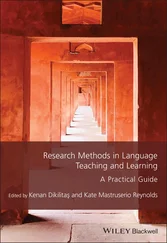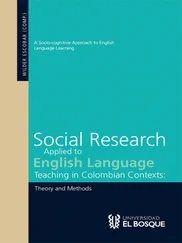1 ...6 7 8 10 11 12 ...16 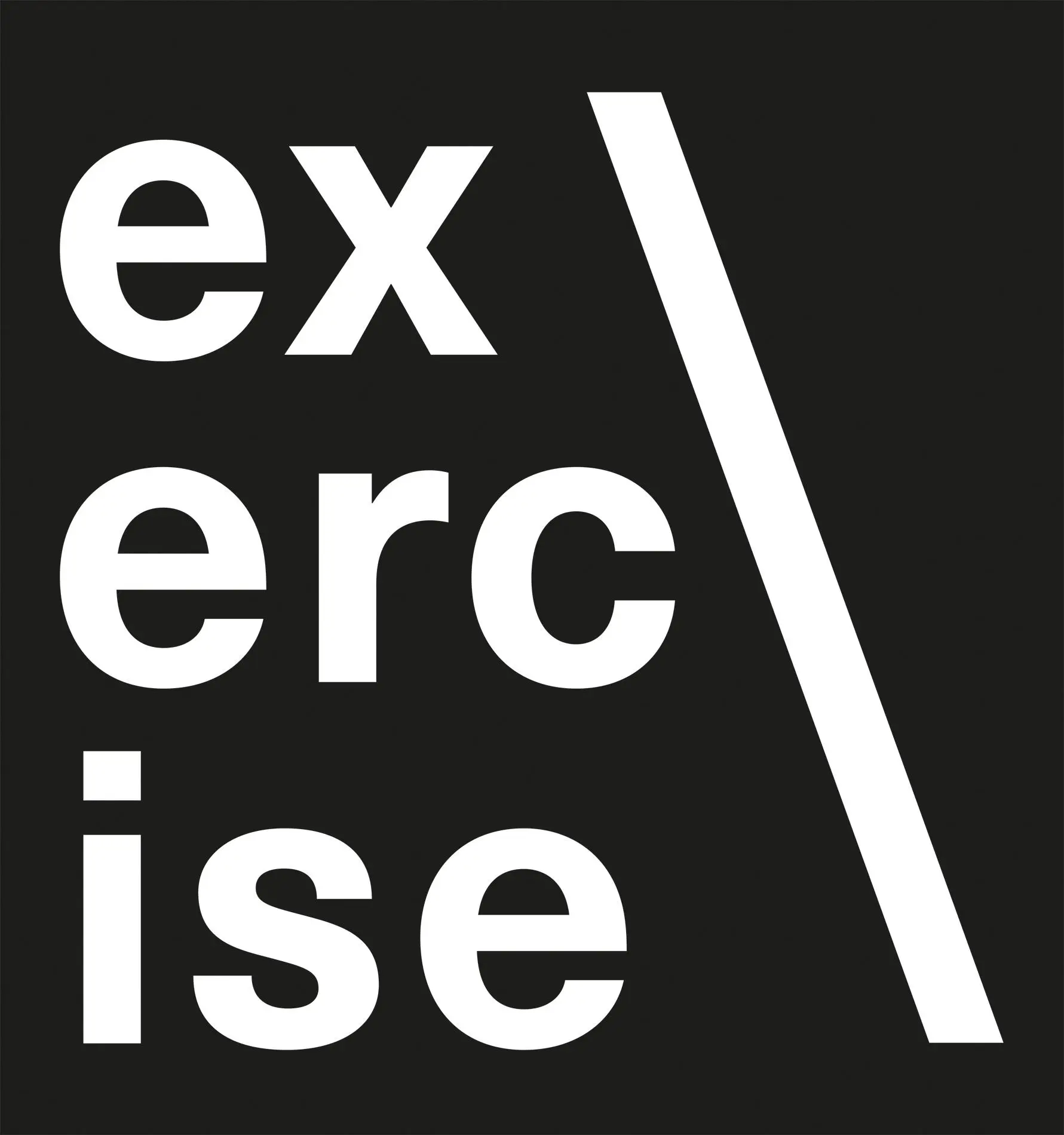 What is your current level of digital competence?
What is your current level of digital competence?
When you read through the following competence descriptors and levels, reflect for yourself: What would your current stage be in the respective domain? Where are your strengths and weaknesses? What would you wish to improve throughout your professional development? When you pass through the empirical study later in this chapter and get to know the questionnaire, continue the reflective effort you began here.
2 The Areas of the DigCompEdu framework – Made Relevant for English Language Education
professional engagementThe first area of the DigCompEdu – professional engagement – addresses the need to use digital technologies for communication, collaboration and interaction with colleagues, learners and parents, and to seek out digital opportunities for one’s individual and continuous professional development (cf. Redecker 2017: 16; 19; 33–41). Four sub-dimensions are included:
Organizational communication: Teachers use digital technologies for communicative purposes within their institution (i.e. with colleagues and learners) and outside of it (e.g. with parents and other third parties); for example, teachers use e-mail or virtual learning environments to provide learning resources or communicate appointments or feedback.
Professional collaboration: Teachers employ digital technologies to collaborate with other teachers in order to exchange valuable knowledge and experience, and thus, to innovate pedagogic practices within professional teams, e.g. by developing a new project in a collaborative cloud environment.
Reflective practice: This dimension does not include digital technologies as such, but adds a critical and reflective component in that teachers are asked to constantly reflect on and, as a result, develop further their digital practices, both individually and collectively, e.g. by asking more advanced teachers for help or signing up for a training course.
Digital continuous professional development (CPD): Teachers seek out digital opportunities for their ongoing and lifelong professional development, e.g. to use the internet to learn about new teaching methods and content.
While the first, second and third sub-dimension function on a general level, CPD is clearly an area that can best be specified for foreign language education, as is illustrated in the example below. In terms of the progression model, a Newcomer would only rarely use digital technologies, whereas an Integrator would be good at making effective digital choices and exchanging digital expertise with peers. Pioneers would then innovate and redesign whole institutional practices and group activities with their accumulated digital experience.
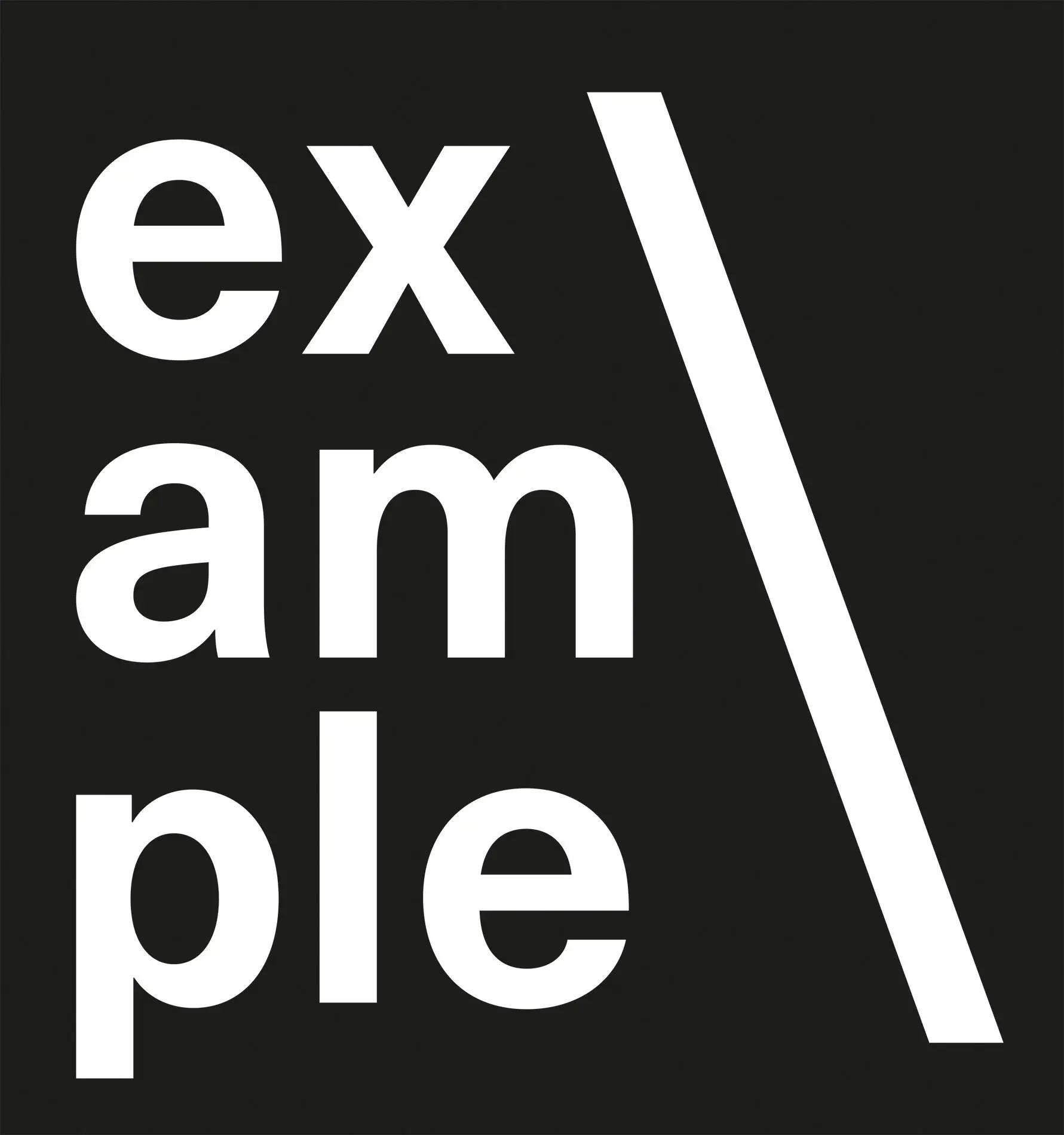 Digital resources for CPD of foreign language teachers
Digital resources for CPD of foreign language teachers
Video tutorials: Subscribe to YouTube channels like Moodle or Blackboard Inc., or work with the YouTube series of ‘Teaching Tips’ by International House World Organisation where esteemed global teacher trainers share their expertise.
Webinars: Global organizations such as the IATEFL frequently offer new webinars on ELT ( www.iatefl.org/events).
Online communities: Many professional organizations offer participation in online communities, e.g. the TESOL Communities of Practice, MELTA, or ELTABB. Less formal grassroots movements of ELT teachers can be found on Facebook, often with a specific theme in mind, e.g. the public group ELT Footprint for bringing environmental awareness into teaching ( https://www.facebook.com/groups/eltfootprint).
digital resourcesIn the second domain of ‘Digital Resources’, teachers become increasingly competent at navigating the diversity of digital resources and technologies to make informed choices that benefit their learner groups and learning objectives, and that match their personal teaching styles. Three components are included, each of which is made relevant here for foreign language education (cf. Redecker 2017: 20, 43–49):
Selecting digital resources: Teachers identify and select available digital resources and plan their use while keeping a suitable match with their learners, methods and objectives in mind. For example, learners could use the hashtag #blacklivesmatter to compile information on how the virulent topic of racial violence and discrimination in the USA is negotiated in social media such as Twitter, Facebook, or Instagram.
Creating and modifying digital resources: With this sub-dimension, teachers are additionally encouraged to create their own digital resources, or modify existing openly-licensed resources (also jointly in a team), e.g. by using tools such as Padlet to create a digital collage board about the long-standing racial divide in the U.S., or to provide a resource for vocabulary enrichment (including images, text, and audio) to facilitate the conversation about this issue.
Managing, protecting and sharing digital resources: This sub-dimension includes efficient management of digital resources (e.g. on a learning platform) and dealing sensitively with privacy protection, copyright rules and personal data (e.g. when attributing open-license image rights properly in a self-made explainer video on slavery and colonialism in American history).
While the A1/A2 levels of this area entail basic operations such as making a list of promising resources for future use, creating a worksheet using Office software or sharing a resource in an e-mail attachment, the B levels add further complexity in view of evaluating the quality of a new resource, managing a learning platform such as Moodle for a class, or combining various interactive elements into a learning activity. Ultimately, the C2 level turns teachers into Pioneers that guide other colleagues or set up sophisticated and annotated learning repositories for their schools (cf. also Lütge, Merse, Su 2019).
 Choosing TEFL resources
Choosing TEFL resources
One example of self-made educational resources are explainer videos, which teachers can use to move instructions into learners’ independent learning phases at home, or to make it easier for learners to revisit difficult content in this recorded form whenever they feel the need to do so. These videos are often used in a blended-learning environment, where students learn at least partially through online learning and interact with their peers and teachers face-to-face (cf. Ullmann 2018). Suitable tools include:
www.mysimpleshow.com: A user-friendly tool to create dynamic explainer videos in four steps: draft, write, visualize and finalize;
www.lumen5.com: This tool, normally intended for marketing purposes, can also be used by teachers to convert content into videos, e.g. by pasting a website link or new text; the tool pulls text and images into a video board, where they can be edited further;
Camtasia: This fee-based and more elaborate software allows for screen-casting and video-editing, e.g. for adding an explainer voice-over to a deck of presentation slides.
teaching and learningWhereas the second domain is more concerned with selecting and preparing digital resources, the domain of ‘teaching and learning’ moves to implementing digital technologies in teaching practice and learning processes. In a way, this area lies at the heart of the whole DigCompEdu framework , which ultimately aims at enhancing education for the benefit of all learners, which includes a shift of focus from teacher-led to more learner-centered processes (cf. Redecker 2017: 20–21; 51–59). On a fine-grained level, this competence area is spread out against four sub-dimensions:
Читать дальше
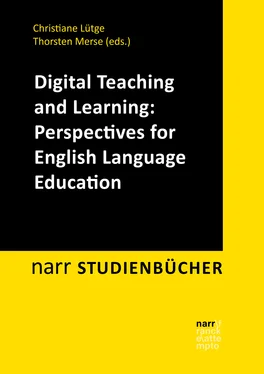
 What is your current level of digital competence?
What is your current level of digital competence? Digital resources for CPD of foreign language teachers
Digital resources for CPD of foreign language teachers


